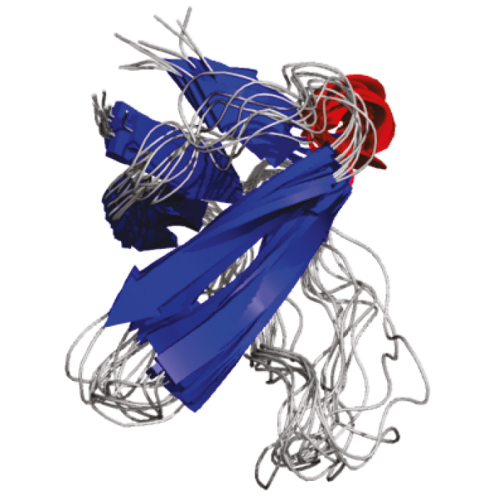Structure Calculation from Unambiguous Long-Range Amide and Methyl 1H−1H Distance Restraints for a Microcrystalline Protein with MAS Solid-State NMR Spectroscopy
24-Mar-2011
J. Am. Chem. Soc.,, 2011, DOI: 10.1021/ja110222h, 133 (15), pp 5905–5912 published on 24.03.2011
Magic-angle spinning (MAS) solid-state NMR becomes an increasingly important tool for the determination of structures of membrane proteins and amyloid fibrils. Extensive deuteration of the protein allows multidimensional experiments with exceptionally high sensitivity and resolution to be obtained. Here we present an experimental strategy to measure highly unambiguous spatial correlations for distances up to 13 Å. Two complementary three-dimensional experiments, or alternatively a four-dimensional experiment, yield highly unambiguous cross-peak assignments, which rely on four encoded chemical shift dimensions. Correlations to residual aliphatic protons are accessible via synchronous evolution of the 15N and 13C chemical shifts, which encode valuable amide−methyl distance restraints. On average, we obtain six restraints per residue. Importantly, 50% of all restraints correspond to long-range distances between residues i and j with |i − j| > 5, which are of particular importance in structure calculations. Using ARIA, we calculate a high-resolution structure for the microcrystalline 7.2 kDa α-spectrin SH3 domain with a backbone precision of 1.1 Å.











